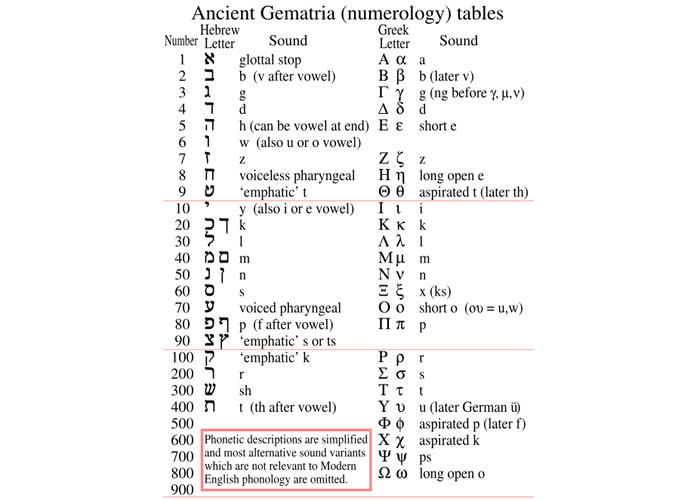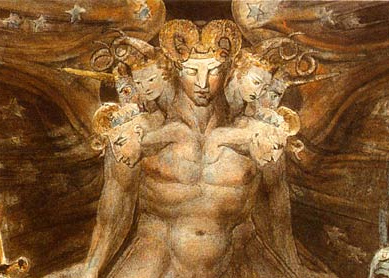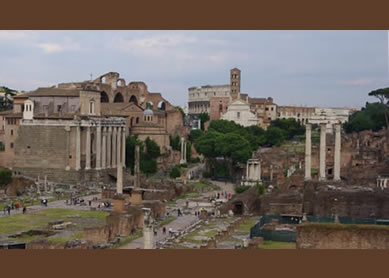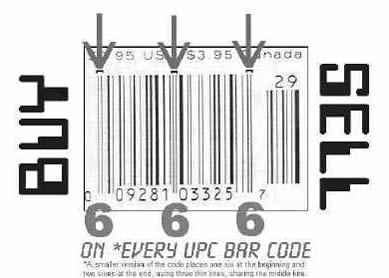“I love the woman whose number is 545.” So reads a piece of Greek graffiti found on a wall in the Roman city of Pompeii. This graffito is a vivid example of what the Jews called gematria (a Hebrew term probably borrowed from the Greek geōmetria, “geometry”). In both Greek and Hebrew alphabets, letters were used in place of numerals (A = 1, B = 2, etc.). Thus, by adding together the numerical value of each letter in a word, one arrived at that word’s number. The Pompeii graffito offers the answer to the puzzle, but working back to the name required some ingenuity. Presumably, the woman in question knew her own number.
Examples of gematria can be found in several Jewish and early Christian texts. The author of
Almost all ancient manuscripts of Revelation attest the reading of 666, and this passage is probably original. But it does have its rivals. The second-century C.E. Christian writer Irenaeus knew the alternative 616. This reading is also found in an early papyrus fragment from the Egyptian city of Oxyrhynchus. Less plausible alternatives, attested in a small number of Latin manuscripts, are 617, 646, and 690.
The problem for interpreters of Revelation, as for readers of the Pompeii graffito, is to work back from the number (whether 666 or 616) to the name. History is littered with attempts to make a correct identification. One of Irenaeus’s solutions for 666 was the Greek word Lateinos (“the Latin one”). Thus, he made a link with imperial Rome, although he was reluctant to identify a specific emperor as the beast. Subsequent interpreters have been less hesitant about identifying a particular individual, often of their own day. Candidates have ranged from specific emperors, popes, and other rulers to modern political leaders, including Adolf Hitler and Saddam Hussein.
The preferred solution of many scholars, however, takes seriously the allusions throughout Revelation to the imperial politics of John’s own day. It identifies 666 as the number of Nero Caesar (emperor 54-68 C.E.). This presumes that John, although writing in Greek, worked out the puzzle in Hebrew. Transliterated into the Hebrew alphabet, the Greek Nerōn Kaisar has the number 666. Such a solution also explains the variant 616: this is the number in Hebrew of the shortened form Nerō Kaisar. A minority of scholars interpret 616 differently: as the number of the Greek for Gaius Caesar (the Emperor Caligula, 37-41 C.E.). The Nero explanation, accounting for both 666 and 616, has the edge over this alternative.




